Subprime Madness: Shotguns Now Accepted As Car Loan Down Payments
Anyone looking for an anecdote illustrating the QE-fueled madness that is subprime auto lending, take a look at this Reuters report on what constitutes a down payment in the subprime world.
And still, though Nelson’s credit history was an unhappy one, local car dealer Maloy Chrysler Dodge Jeep had no problem arranging a $10,294 loan from Wall Street-backed subprime lender Exeter Finance Corp so Nelson and his wife could buy a charcoal gray 2007 Suzuki Grand Vitara.
All the Nelsons had to do was cover the $1,000 down payment. For most of that amount, Maloy accepted Jeffrey’s 12-gauge Mossberg & Sons shotgun, valued at about $700 online.
Sub-prime auto loans were up 18 percent in 2012, thanks to a bubble created by the Fed’s quantitative-easing program. As QE has driven up inflation and kept interest rates low, global investors are looking at riskier investment vehicles that offer better potential returns. Bonds backed by subprime car loans are one of those vehicles that everyone from hedge funds to institutional investors have gravitated towards. In 2012, $18.5 billion in subprime backed securities were sold, up from $11.75 billion in 2011.
With subprime lenders expecting 1 in 4 creditors to default on their loans, interest rates can easily top 20 percent, and dealers can easily repossess and sell the same car over and over again while reaping enormous profits. Meanwhile, the process appears to be fueling yet another credit-driven asset bubble similar to the mortgage crisis that torpedoed everything in the previous decade.
Despite a focus on used cars in the Reuters report, many of the players in the used car field, such as Santander, GM Financial and Ally Financial are tied in with the new car side as well. Santander is Chrysler’s financing unit of choice, while GM has GM Financial as a separate subprime financing arm, in addition to Ally. Delinquencies are slowly creeping upwards as well. GM alone claims that 8.5 percent of its auto contracts are delinquent higher than Ford, Toyota and Honda combined.
News of yet another month with a SAAR of over 15 million is an encouraging sign for the auto industry, but in light of reports such as this one, one can’t help but wonder how much of the market is being driven by subprime lending, and whether this level of auto sales will be sustainable. Adding additional capacity to meet demand that is fueled by a lending bubble could be disastrous if we witness a 2008-style deflation in auto sales thanks to a subprime contraction.
More by Derek Kreindler
Latest Car Reviews
Read moreLatest Product Reviews
Read moreRecent Comments
- Lorenzo Yes, they can recover from the Ghosn-led corporate types who cheapened vehicles in the worst ways, including quality control. In the early to mid-1990s Nissan had efficient engines, and reliable drivetrains in well-assembled, fairly durable vehicles. They can do it again, but the Japanese government will have to help Nissan extricate itself from the "Alliance". It's too bad Japan didn't have a George Washington to warn about entangling alliances!
- Slavuta Nissan + profitability = cheap crap
- ToolGuy Why would they change the grille?
- Oberkanone Nissan proved it can skillfully put new frosting on an old cake with Frontier and Z. Yet, Nissan dealers are so broken they are not good at selling the Frontier. Z production is so minimal I've yet to see one. Could Nissan boost sales? Sure. I've heard Nissan plans to regain share at the low end of the market. Kicks, Versa and lower priced trims of their mainstream SUV's. I just don't see dealerships being motivated to support this effort. Nissan is just about as exciting and compelling as a CVT.
- ToolGuy Anyone who knows, is this the (preliminary) work of the Ford Skunk Works?
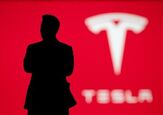
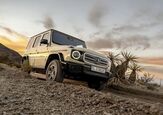
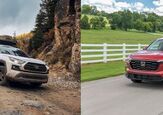













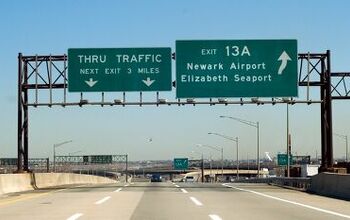
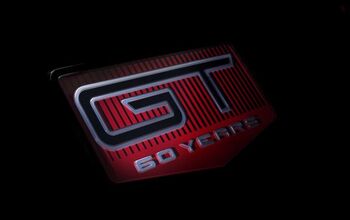
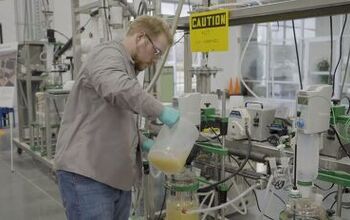
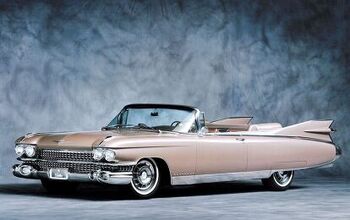

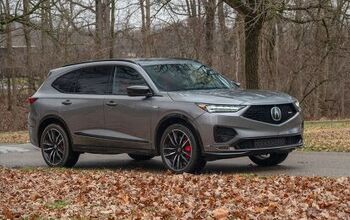
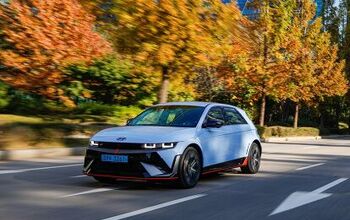

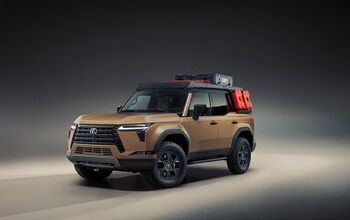

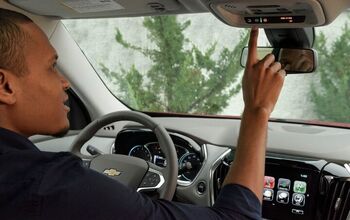
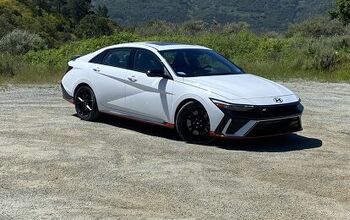

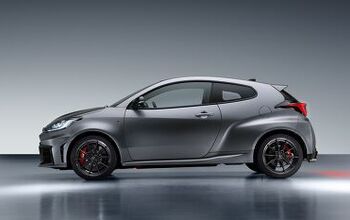
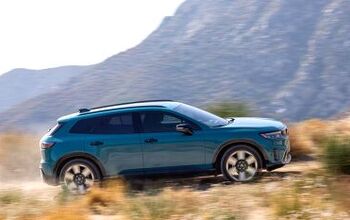
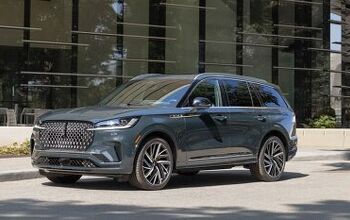
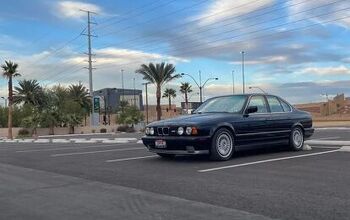
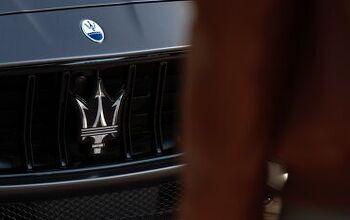
Comments
Join the conversation
Walk in, drive out has been around forever. Check out this obit for Johnny -- http://articles.baltimoresun.com/1999-04-23/news/9904230159_1_wilbanks-johnny-john-h The walking man's friend. The old wall street cliche -- Price is what you pay, value is what you get. If you have a job and no transportation -- then the value of a car that runs is quite high. Just my opinion, but no ginned up structured finance product will be sold again in our lifetime. The people buying this stuff is the so called 'smart money' -- hedge funds and the like. They aren't now and never have been too big to fail.
I would like to know what Mossberg shotgun is worh $700.